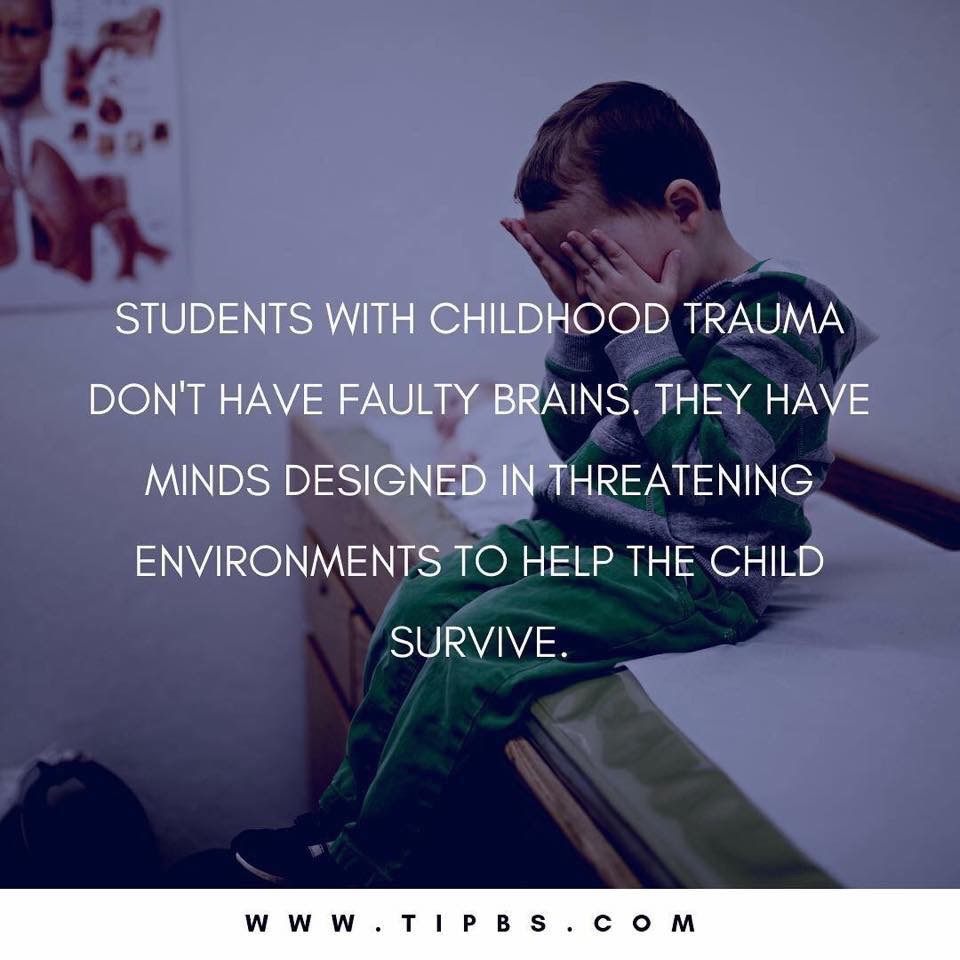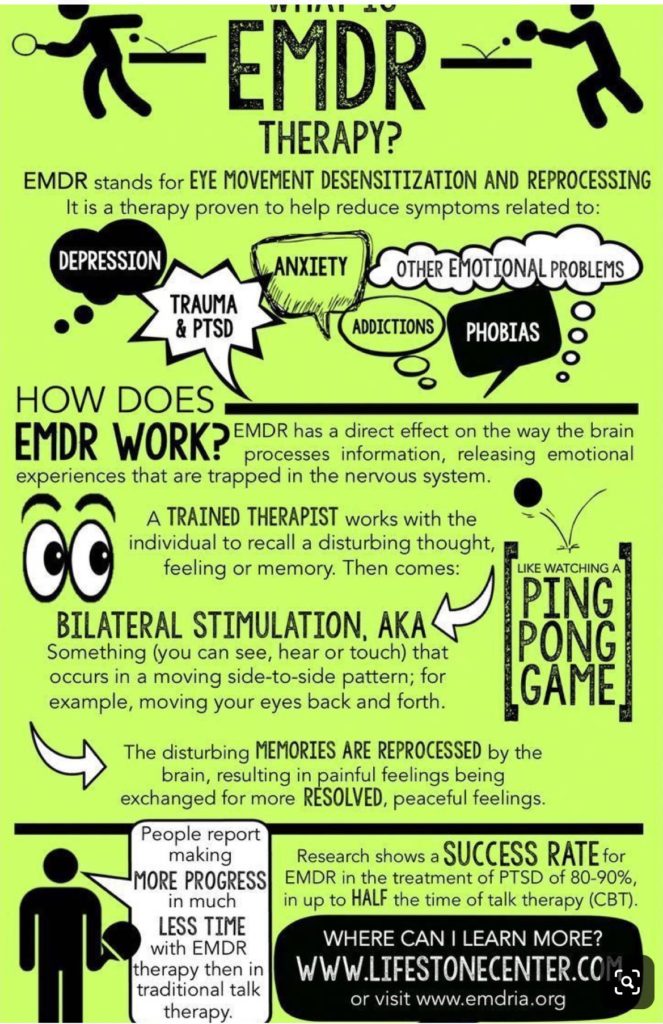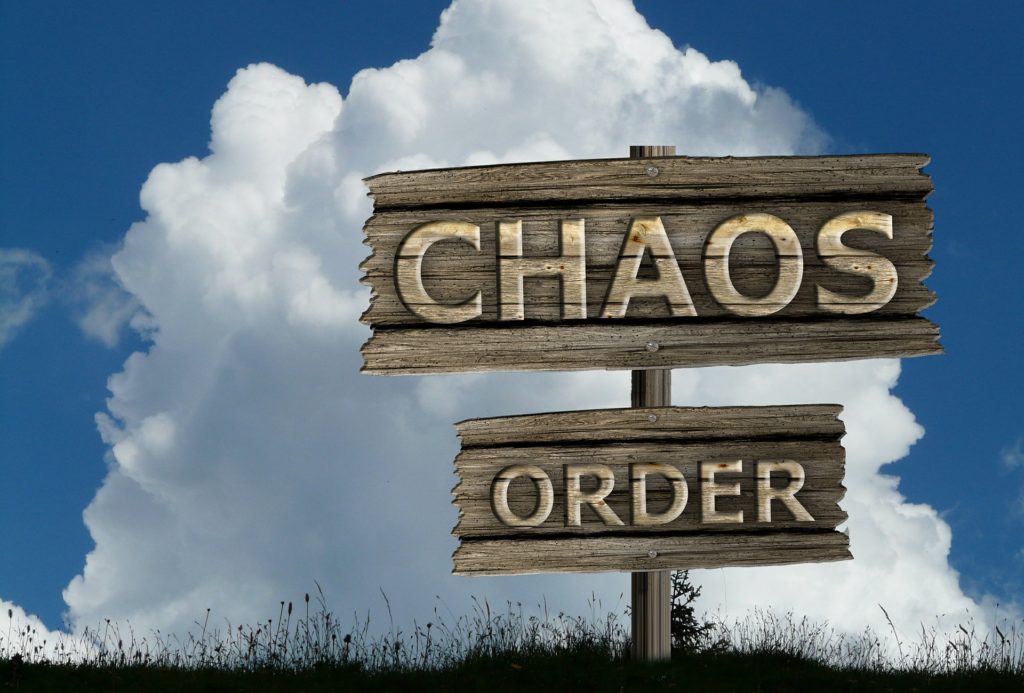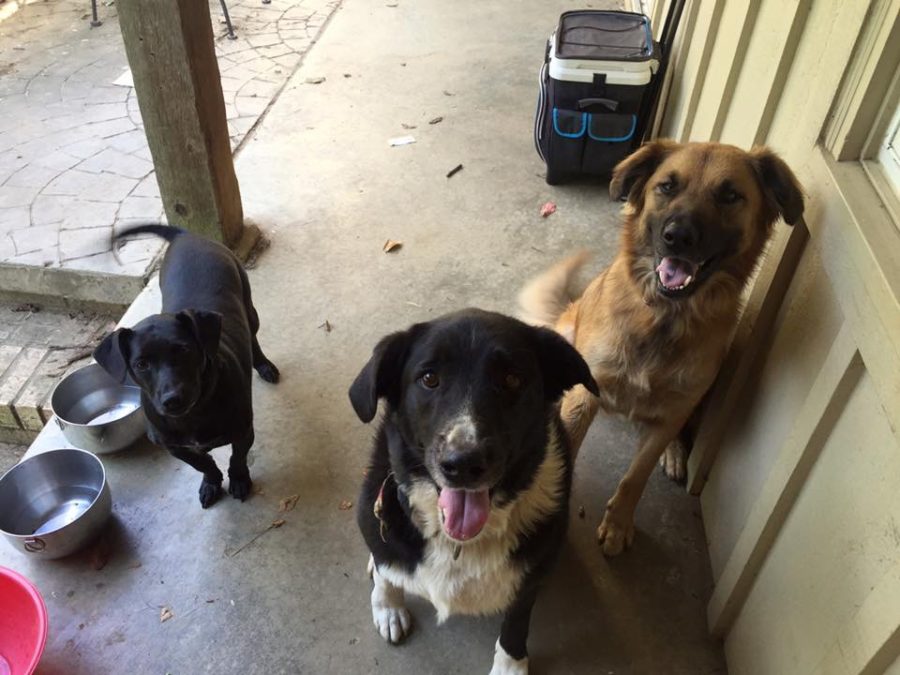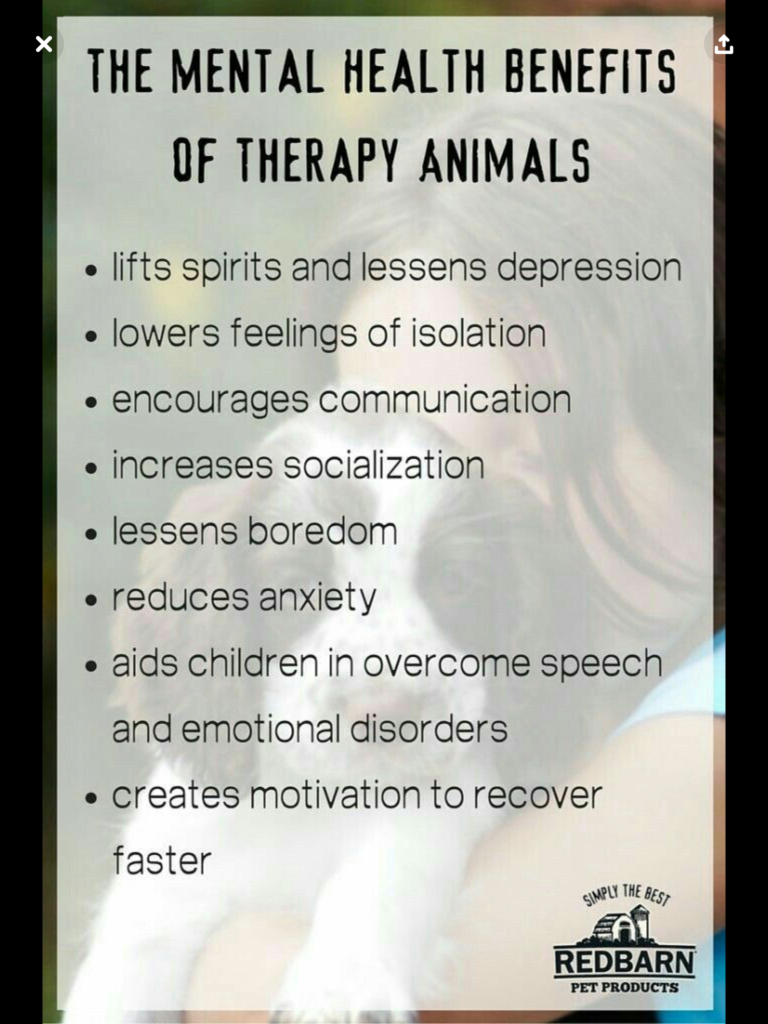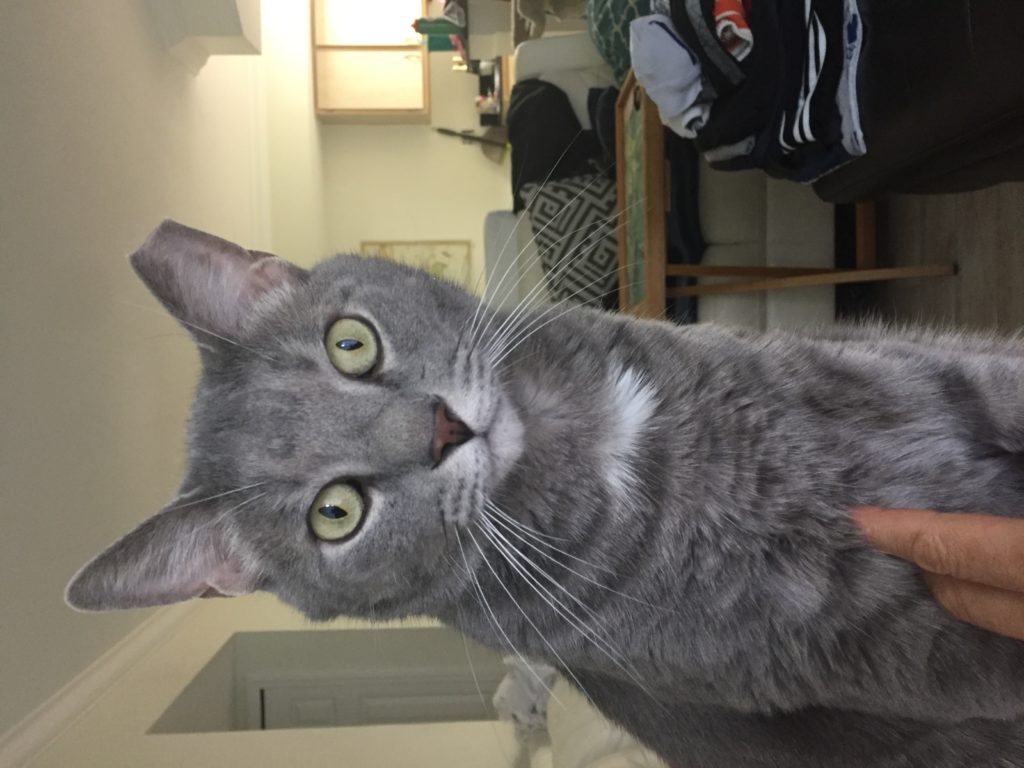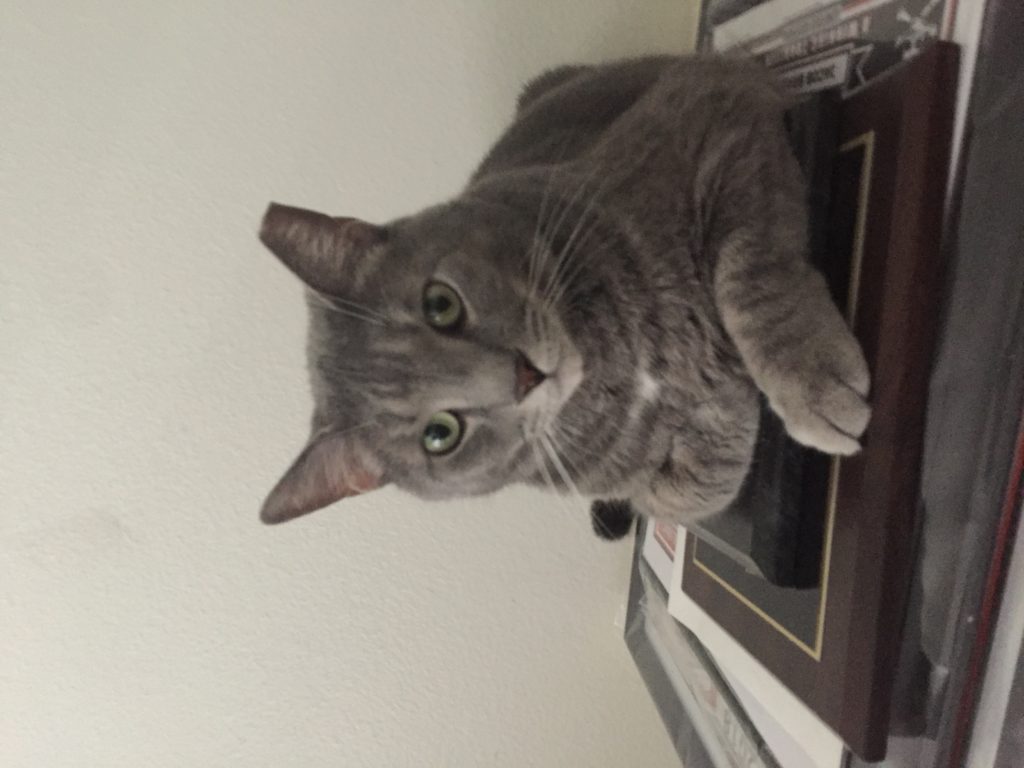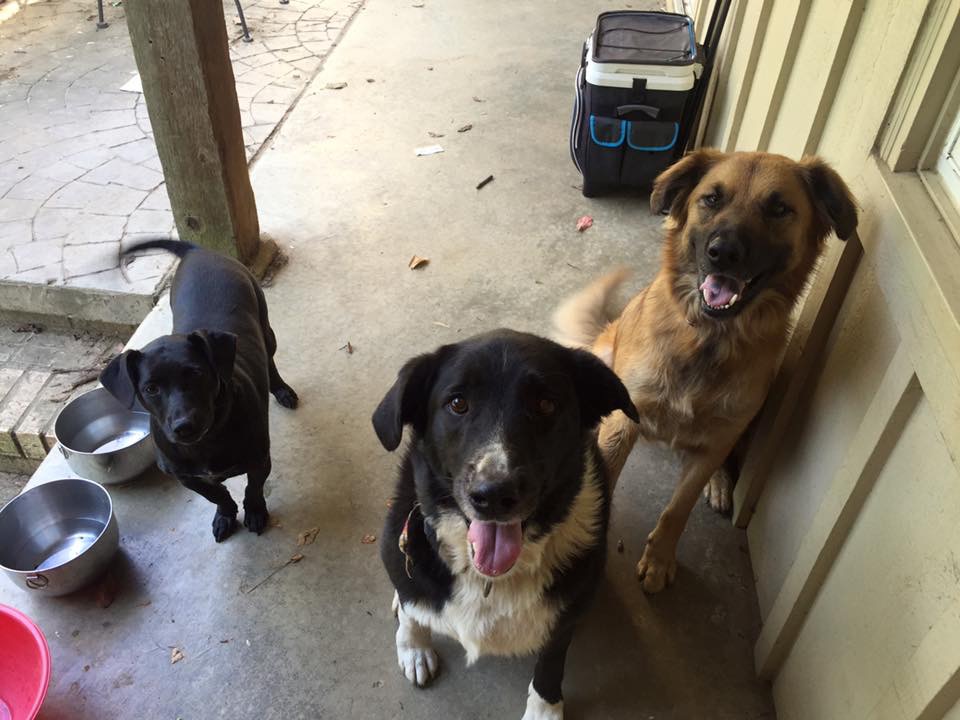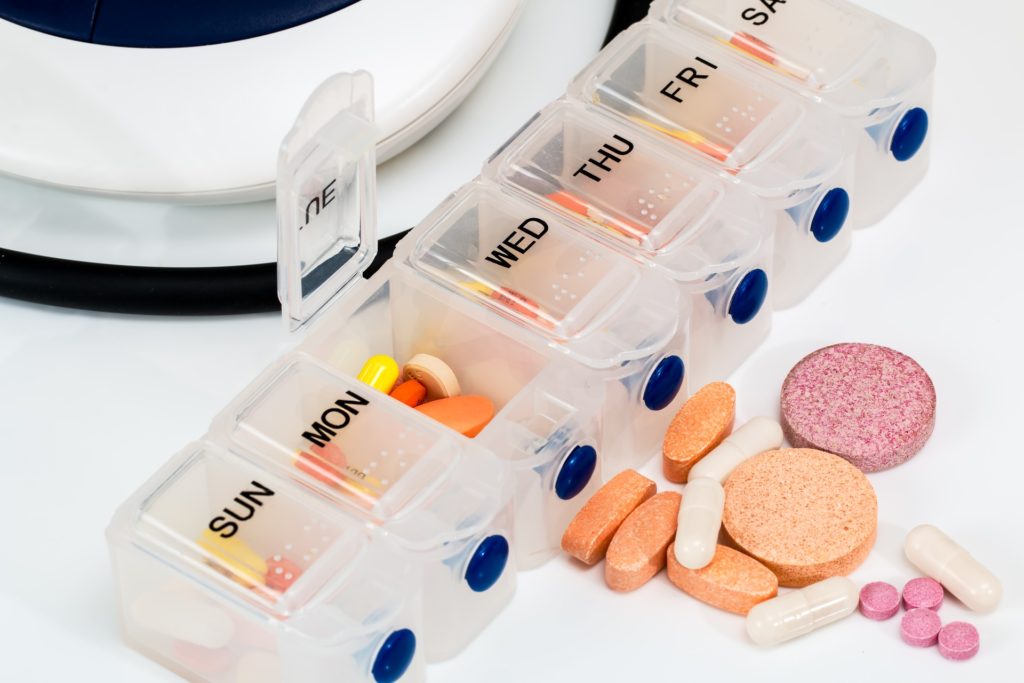
It’s no secret that insurance coverage for mental health issues is severely lacking. Most people understand that there are expenses that come with therapy and seeing a psychiatrist whether they have insurance or not. Even with insurance coverage, there is usually a co-pay or a deductible that goes along with it. When you go regularly, or have more than one family member who is in treatment, these co-pays can really add up! Plus, finding a psychiatrist that takes insurance is getting more and more difficult. Many people have to find a way to pay out of pocket which usually means they won’t be able to be seen as often as they need.
However, there are many other expenses that most of society is not aware of or realize. Today I wanted to share some of the annoying hidden expenses that can come with mental illness. These are items that we discovered over the years .Then maybe, more people will understand what families are struggling with and lend them
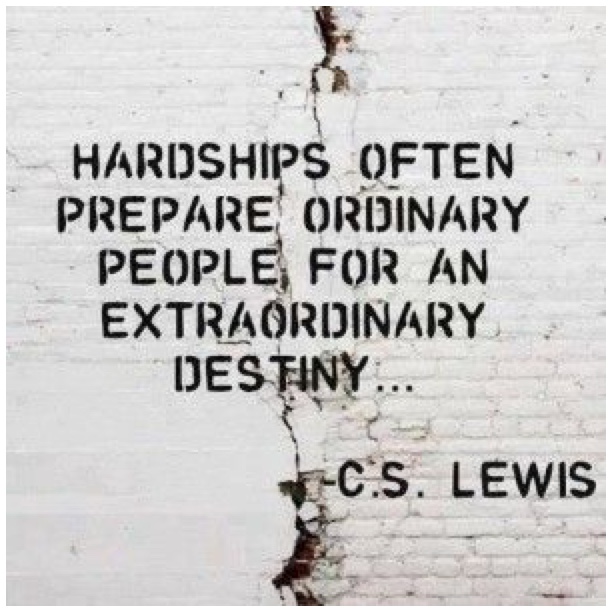
- Gas. Often, families and individuals have to drive out of their neighborhood area to find treatment. Psychiatrists are often booked for months in advance, so often individuals have to drive far just to receive the help that they need. Even if the mental health professional is close by, there are still extra trips that have to be made and it can add up.
- Child care. You can’t take your child with you to your own therapy appointment. This will require some type of child care. Also, if one of your children are receiving services, you might need to leave other siblings at home in order to take the other sibling to see their doctor or therapist. Sadly, for most couple, this will eat up the babysitting part of the budget and render them unable to afford to go out on a date.
- Repairs. What do I mean by repairs? Well, when someone isn’t feeling mentally well, sometimes they can get frustrated and punch or kick a wall, throw a glass or some other household item could be the victim of their frustration. On a more abstract repairs, could be a person’s credit or career. Depression, anxiety or any mental illness can interfere with our daily life and could lead us to forget to pay some bills. Our credit can take a hit as we get overwhelmed and aren’t functioning properly.
- Advocate/lawyer. Hopefully you won’t ever need to hire either one of these, but if you do, they are definitely an added expense. We have actually had to hire both. I’m now taking a class in order to be an IEP Advocate so I can help other fight their battles with the extra support and knowledge they need during a tough time. Sadly, it can often be difficult to get a child the services they need and deserve while in school and parents often have to hire other professionals to help them navigate this maze.
- Co-Pays and deductibles. These will add up quickly. At one point I had 3 of our 4 boys in therapy and seeing a psychiatrist. When it started, we were blessed with pretty good mental health coverage. I was shocked. We could go to this one place and have it covered 100% with unlimited visits!! Unheard of benefits! Plus, the staff was knowledgeable and professional. Unfortunately, when my husband switched jobs, it was no longer an option for us. I also saw that about a year after we had to switch to private pay, the mental health center had closed down for some unknown reason. Less and less resources when what we need is more resources. We also had two of our son’s in programs that weren’t covered at all by insurance. One was and after school program that met twice a week and taught social skills. That was $400/month. The other was a therapeutic boarding school which cost us $2000/month. We drained our savings and racked up credit cards, but it was worth every penny to help our sons. However, these are expenses many don’t even realize families like ours have.
- Self-care. Self-care can definitely be free, but sometimes what we really need to recharge, will cost money. Whether it is yourself that is struggling with a mental illness or a loved one, it is important to make sure we are taking care of ourselves. This includes finding a way to take a vacation in order to be away from the daily grind and routine. Taking time away and truly being off the grid. A massage, a pedicure, a night alone in a hotel, can all be things families need but also often can’t afford to do because of the cost of treatment, but are so necessary.
- Your Physical Health. Living with a mental illness or living with a loved one with mental illness, can take a toll on your physical health. Mental illness can often lead to individuals neglecting their physical well being and eventually it will affect your health. The same goes for family members caring for someone with a mental illness. We start focusing on the mental illness and not the physical and it will often lead to physical illnesses that need time, attention and money to correct. This is something that most people don’t ever consider.
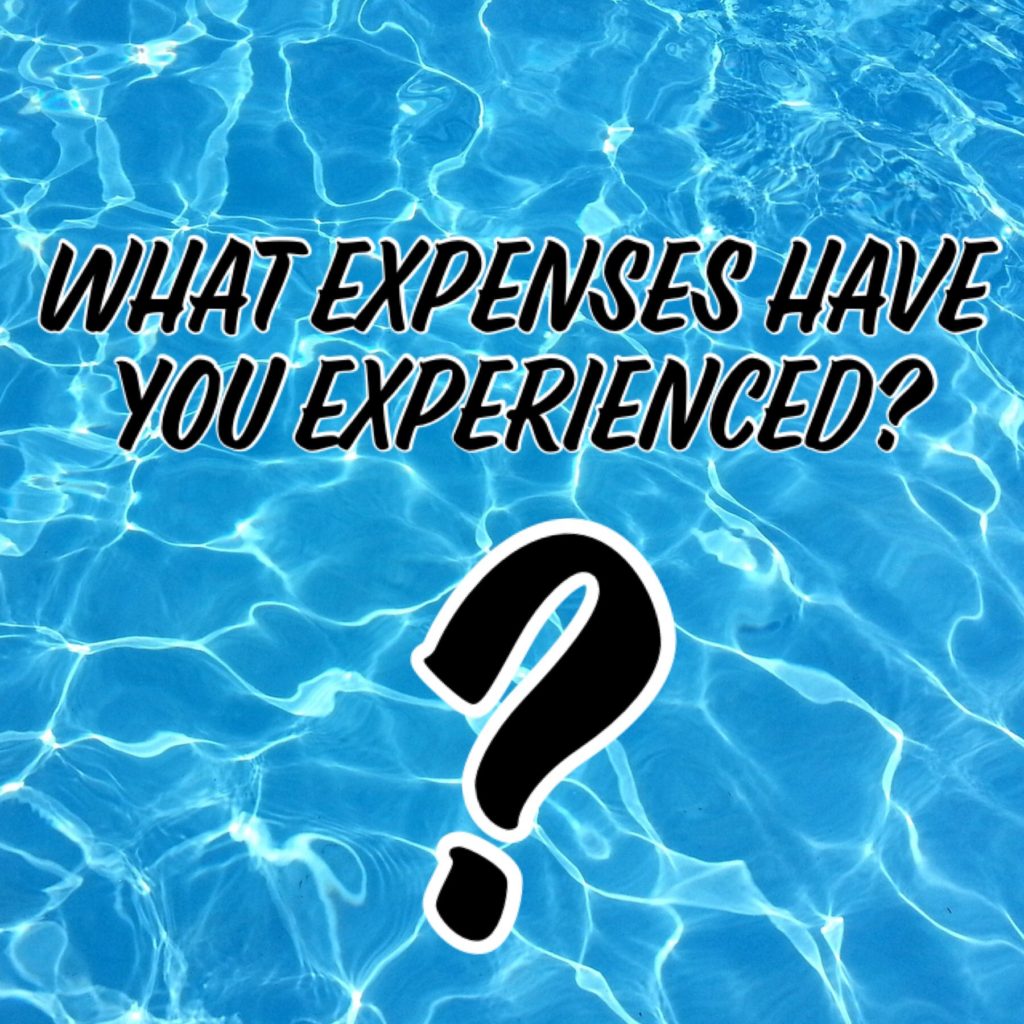
I’m sure there are plenty more that I have missed. I would love to hear what expenses you have experienced on your journey.





